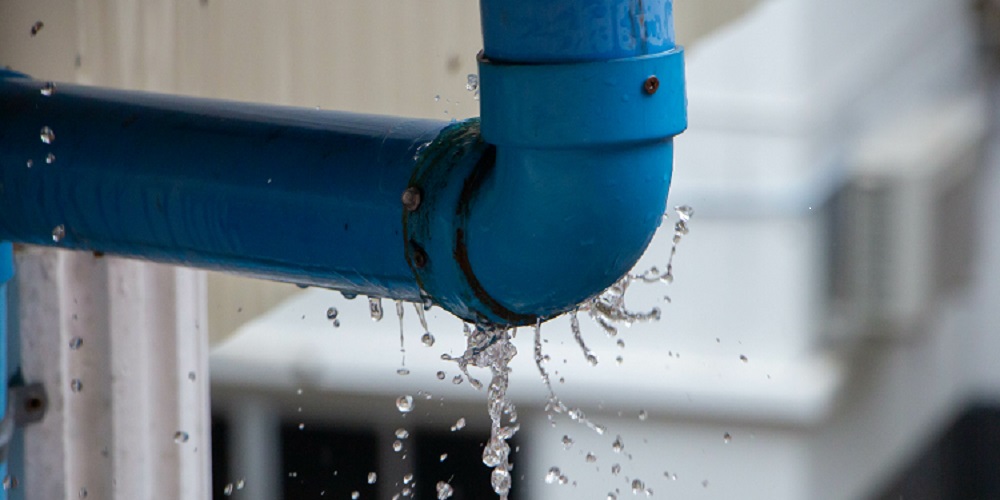How to Locate as well as Repair Work Water Leaks-- A Comprehensive Overview
How to Locate as well as Repair Work Water Leaks-- A Comprehensive Overview
Blog Article
We have noticed the article on Detecting hidden plumbing leaks below on the net and felt it made perfect sense to discuss it with you on this page.

Early detection of dripping water lines can minimize a potential catastrophe. Aside from saving you cash, it will certainly lessen the worry as well as stress. The moment you locate a leak, calling your plumber for repair work is the best option. Some tiny water leaks may not be noticeable. If you can not spot it with your nude eyes, right here are some hacks that aid.
1. Examine the Water Meter
Every residence has a water meter. Checking it is a guaranteed way that aids you find leakages. For beginners, shut off all the water resources. Make sure no one will flush, use the faucet, shower, run the washing maker or dish washer. From there, most likely to the meter and also watch if it will change. Because no one is using it, there need to be no movements. That shows a fast-moving leak if it relocates. Also, if you discover no changes, wait a hr or two and also inspect back once more. This implies you might have a slow leak that can even be below ground.
2. Inspect Water Consumption
Evaluate your water costs and track your water intake. As the one paying it, you ought to notice if there are any discrepancies. If you detect sudden changes, regardless of your usage coinciding, it means that you have leakages in your plumbing system. Keep in mind, your water bill need to drop under the same variety every month. An abrupt spike in your costs shows a fast-moving leakage.
On the other hand, a constant increase on a monthly basis, despite the same habits, shows you have a sluggish leak that's also gradually escalating. Call a plumber to extensively examine your residential property, specifically if you feel a cozy location on your floor with piping underneath.
3. Do a Food Coloring Test
30% comes from toilets when it comes to water consumption. Examination to see if they are running correctly. Drop flecks of food color in the container as well as wait 10 minutes. There's a leak between the tank and bowl if the shade somehow infiltrates your bowl during that time without flushing.
4. Asses Exterior Lines
Do not neglect to examine your outside water lines also. Test faucets by attaching a yard hose pipe. Ought to water leak out of the connection, you have a loosened rubber gasket. Replace this and also make certain all connections are tight. If you've got a lawn sprinkler, it will certainly aid get it properly examined and also preserved annually. One little leak can throw away lots of water and also increase your water costs.
5. Evaluate and also Assess the Scenario
Property owners should make it a behavior to inspect under the sink counters and also also inside cupboards for any kind of bad odor or mold growth. These 2 warnings suggest a leakage so prompt attention is required. Doing regular evaluations, even bi-annually, can save you from a significant issue.
Inspect for stainings and also deteriorating as the majority of pipes as well as home appliances have a life expectations. If you suspect leaking water lines in your plumbing system, don't wait for it to intensify.
Early discovery of leaking water lines can alleviate a prospective disaster. Some tiny water leaks might not be noticeable. Checking it is a surefire way that aids you uncover leakages. One small leakage can lose loads of water and increase your water costs.
If you suspect leaking water lines in your plumbing system, do not wait for it to intensify.
WARNING SIGNS OF WATER LEAKAGE BEHIND THE WALL
PERSISTENT MUSTY ODORS
As water slowly drips from a leaky pipe inside the wall, flooring and sheetrock stay damp and develop an odor similar to wet cardboard. It generates a musty smell that can help you find hidden leaks.
MOLD IN UNUSUAL AREAS
Mold usually grows in wet areas like kitchens, baths and laundry rooms. If you spot the stuff on walls or baseboards in other rooms of the house, it’s a good indicator of undetected water leaks.
STAINS THAT GROW
When mold thrives around a leaky pipe, it sometimes takes hold on the inside surface of the affected wall. A growing stain on otherwise clean sheetrock is often your sign of a hidden plumbing problem.
PEELING OR BUBBLING WALLPAPER / PAINT
This clue is easy to miss in rooms that don’t get much use. When you see wallpaper separating along seams or paint bubbling or flaking off the wall, blame sheetrock that stays wet because of an undetected leak.
BUCKLED CEILINGS AND STAINED FLOORS
If ceilings or floors in bathrooms, kitchens or laundry areas develop structural problems, don’t rule out constant damp inside the walls. Wet sheetrock can affect adjacent framing, flooring and ceilings.
https://www.servicemasterbyzaba.com/blog/how-to-detect-water-leakage-in-walls/

Hopefully you enjoyed reading our piece on Finding hidden leaks. Thanks a ton for taking a few minutes to read through our blog. Do you know about someone else who is interested in the topic? Take a moment to share it. Thank-you for taking the time to read it.
Report this page